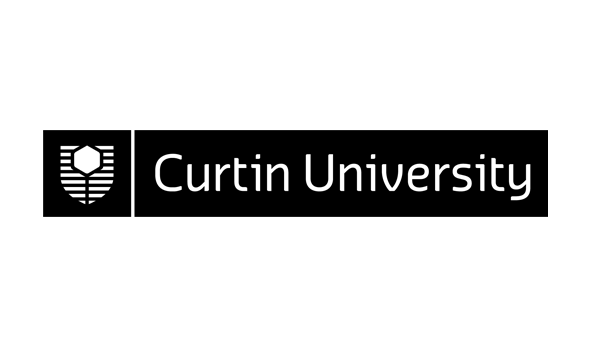10518 (v.4) Aquatic Toxicology 202
| Area: | Department of Environmental Biology |
|---|---|
| Credits: | 25.0 |
| Contact Hours: | 4.0 |
| ** The tuition pattern below provides details of the types of classes and their duration. This is to be used as a guide only. For more precise information please check your unit outline. ** | |
| Lecture: | 1 x 2 Hours Weekly |
| Practical: | 1 x 2 Hours Weekly |
| Prerequisite(s): |
1762 (v.4)
Animal Biology 102
or any previous version
|
| Syllabus: | The most common aquatic contaminants are studied: aquatic contaminants classification, effects of contaminants on aquatic biota, physiological effects at the organism level and effects at the population levels and community levels. Laboratory toxicology and endpoints measured: effective concentration (EC) 50, no observed effect concentration NOEC. Field toxicology, biomarkers and bioindicators. The knowledge is integrated by presenting case studies where theory is applied to real-life scenarios. The practical portion of the unit is composed of a mixture of tutorials and laboratories. Students design environmental monitoring plans and learn basic laboratory techniques: standard curves, protein determination, and biomarker analysis. |
| ** To ensure that the most up-to-date information about unit references, texts and outcomes appears, they will be provided in your unit outline prior to commencement. ** | |
| Field of Education: | 010900 Biological Sciences (Narrow Grouping) |
| SOLT (Online) Definitions*: | Informational *Extent to which this unit or thesis utilises online information |
| Result Type: | Grade/Mark |
Availability
| Year | Location | Period | Internal | Partially Online Internal | Area External | Central External | Fully Online |
|---|---|---|---|---|---|---|---|
| 2008 | Bentley Campus | Semester 2 | Y |
Area External refers to external course/units run by the School or Department or offered by research.
Central External refers to external and online course/units run through the Curtin Bentley-based Distance Education Area
Partially Online Internal refers to some (a portion of) learning provided by interacting with or downloading pre-packaged material from the Internet but with regular and ongoing participation with a face-to-face component retained. Excludes partially online internal course/units run through the Curtin Bentley-based Distance Education Area which remain Central External
Fully Online refers to the main (larger portion of) mode of learning provided via Internet interaction (including the downloading of pre-packaged material on the Internet). Excludes online course/units run through the Curtin Bentley-based Distance Education Area which remain Central External

